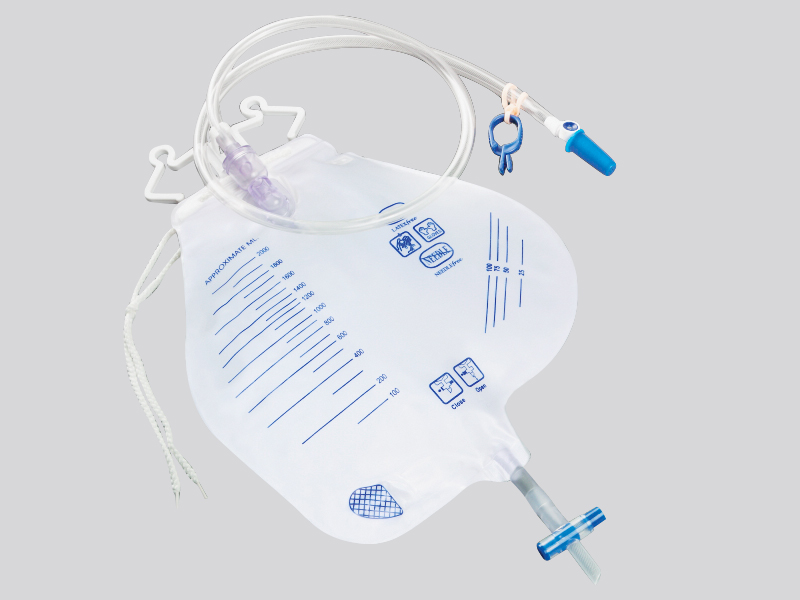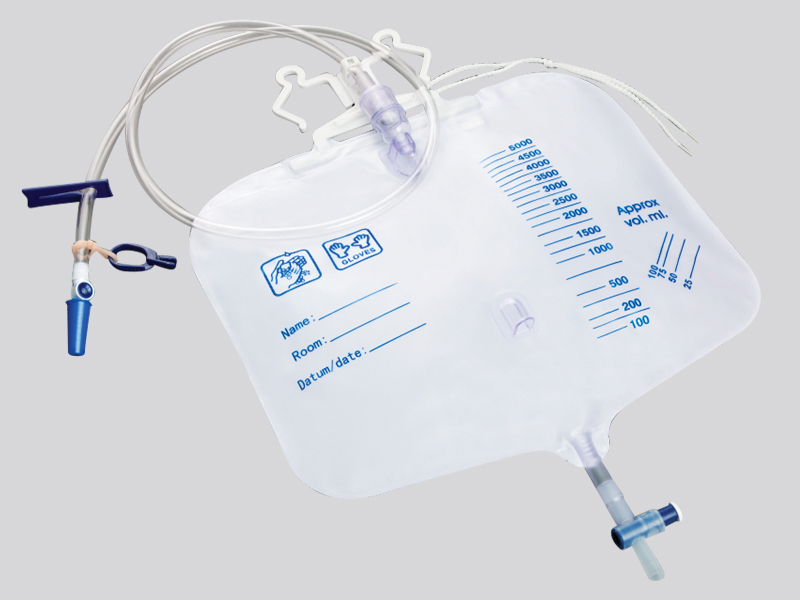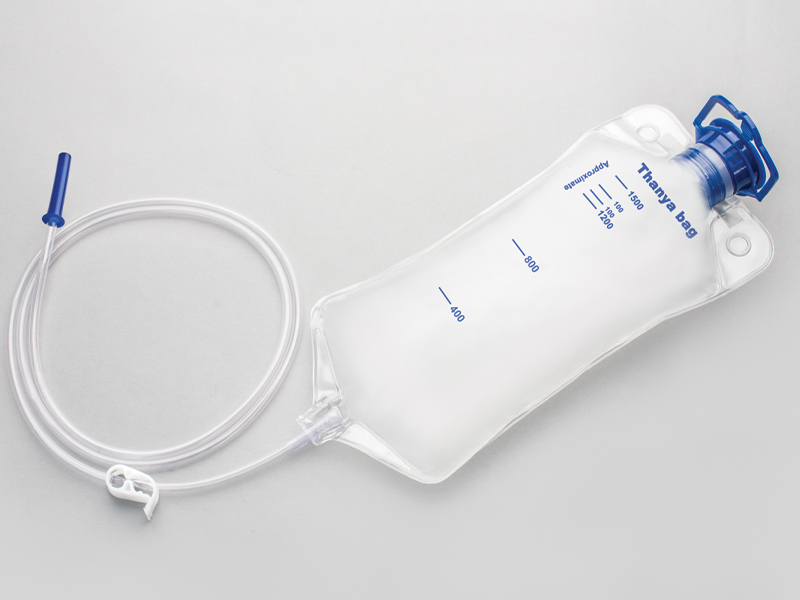
The current position:Home > Information dynamic
> Industry Trends
What are the material characteristics of disposable enema bags
source:m.columbusclub.com.cn | Release time:2025年06月16日1、 Core material composition and characteristics
1. Main body bag material - medical grade polymer
Common materials: Polyethylene (PE), Polypropylene (PP), or Polyvinyl Chloride (PVC, modified without plasticizers).
characteristic:
Excellent biocompatibility: meets the standards of "Biological Evaluation of Medical Devices", does not release toxic substances, and avoids allergies caused by contact with human mucous membranes.
Strong chemical stability: acid and alkali resistant, temperature resistant (usually able to withstand liquid temperatures of 40-60 ℃), not easily reacting with enema solutions (such as physiological saline and drug solutions), ensuring the stability of the drug properties.
Flexibility and Transparency: PE/PP material is soft and lightweight, making it easy to fold and store; PVC material has high transparency, allowing for clear observation of liquid balance and flow rate, avoiding air residue.
2. Pipeline and joint materials - medical grade elastomers
Common materials: medical grade silicone, TPU (thermoplastic polyurethane) or modified PVC (without phthalate plasticizers).
characteristic:
Elasticity and bending resistance: The pipeline can be bent freely without blockage, suitable for different operations; The joint is tightly fitted to prevent leakage.
Low friction coefficient: Smooth liquid flow, reduced resistance, and avoidance of contamination caused by residual medication.
2、 Characteristics of safety related materials
1. Non toxicity and non harmfulness
The material needs to undergo cytotoxicity and sensitization tests. For example, PVC material needs to use environmentally friendly plasticizers (such as citrate esters) instead of traditional phthalates to avoid the migration of plasticizers into the drug solution, which can harm human health.
No harmful substances such as heavy metals (such as lead, cadmium), halogens, etc. are added during the production process, which complies with the standards of "Inspection Methods for Medical Infusion, Blood Transfusion, and Injection Equipment".
2. Sterilization adaptability
The material can withstand ethylene oxide (EO) sterilization or gamma ray sterilization, with no residue after sterilization, and does not affect the mechanical properties of the material. For example, PE/PP materials are not easily aged under gamma ray irradiation, ensuring the sterile state of the product.
3、 Functional material properties
1. Mechanical properties - tensile and puncture resistance
The tensile strength of the bag material should be ≥ 15MPa, and the elongation at break should be ≥ 200% to avoid rupture during liquid filling; The puncture resistance of the pipeline material is ≥ 0.5N to prevent damage during transportation or use.
Some product bags use multi-layer co extrusion technology (such as PE+barrier layer) to enhance tear resistance and negative pressure resistance (suitable for negative pressure enema scenarios).
2. Sealing and leak proof design
The strength of the heat sealing part of the bag body should be ≥ 80% of the strength of the bag body itself to avoid cracking and leakage of the heat sealing line; The connector adopts Luer Lock design, which is tightly connected to the syringe or anal canal, with good anti leakage effect.
4、 Convenient to use material characteristics
1. Lightweight and softness
The material density is low (PE density is about 0.92g/cm 3), the overall weight is light, and it is easy for medical staff to operate or for patients to use on their own; The soft material can be shaped freely to adapt to different postures (such as side lying, prone lying).
2. Temperature adaptability
The temperature resistance range of the material is usually -10 ℃ to 60 ℃, and it can withstand room temperature or warm enema solution (38-40 ℃ is suitable) to avoid material deformation or release of harmful substances due to temperature changes.
5、 Environmental Protection and Disposable Characteristics
1. Degradability (some products)
Some products use bio based PE (such as corn starch based) or biodegradable PBAT/PLA composite materials, which can reduce medical waste pollution through biodegradation after use. However, the current mainstream is still dominated by traditional polymer materials.
2. Single material design
The main material should preferably use a single polymer (such as full PE or full PP) to facilitate recycling and reduce the difficulty of garbage classification, in compliance with medical waste management regulations.
Prev:
Which departments in hospitals are disposable fee…
Next:
What are the advantages of disposable bladder irr…

 Cn
Cn En
En WeChat ID:
WeChat ID:







 Contact us
Contact us
 Add WeChat
Add WeChat
 Telephone
Telephone